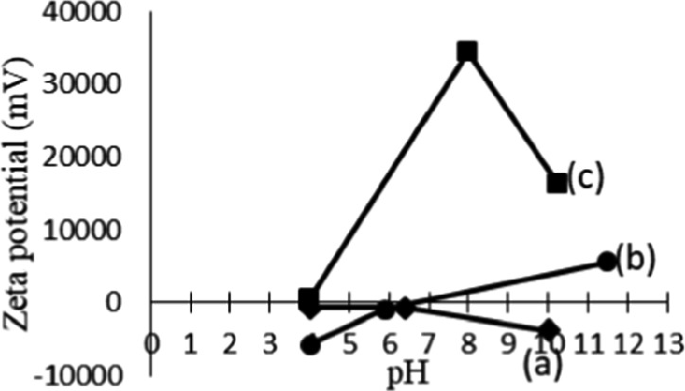

Skinner was referring to the additive and subtractive meanings of positive and negative, not their hedonic value. Yet in his original development of the terms positive reinforcement, negative reinforcement, positive punishment, and negative punishment, B.F. This is because we colloquially use “negative” to refer to something bad. In the casual literature of pet behavior and otherwise, I have often encountered the misuse of the term “negative reinforcement.” People most often confuse negative reinforcement with punishment. If a response allows an organism to escape from or avoid a situation, and that response continues to occur over time, then we suspect that negative reinforcement is at work. When I am teaching students about this concept, I encourage them to associate the words “escape” and “avoidance” with the concept of negative reinforcement. Time and again, when we see a police car on the side of the road we immediately slow down until the police car is out of sight – our response of hitting the brakes is negatively reinforced (assuming we do it in time to avoid a ticket!) She is more likely to scream again under similar situations in the future – her response of screaming was negatively reinforced. When my 3 year old son is pulling my 1 year old daughter’s hair, she screams and he lets go of her. Because of this, I am likely to take aspirin again when I have a headache in the future – my response of taking aspirin was negatively reinforced. When I have a headache and I take aspirin, the headache is reduced in intensity or eliminated altogether. Negative reinforcement is defined as the behavior-environment contingency (or dependent relationship) in which a response produces the removal, reduction, or postponement of a stimulus and this in turn causes the response to be maintained or to increase in frequency across time. Yet it’s a process at work in all of our behavior and one that is essentially involved in so much pet behavior as well. For many new learners, negative reinforcement is one of the more confusing introductory concepts in the field of behavior analysis and applied animal behavior.


 0 kommentar(er)
0 kommentar(er)
